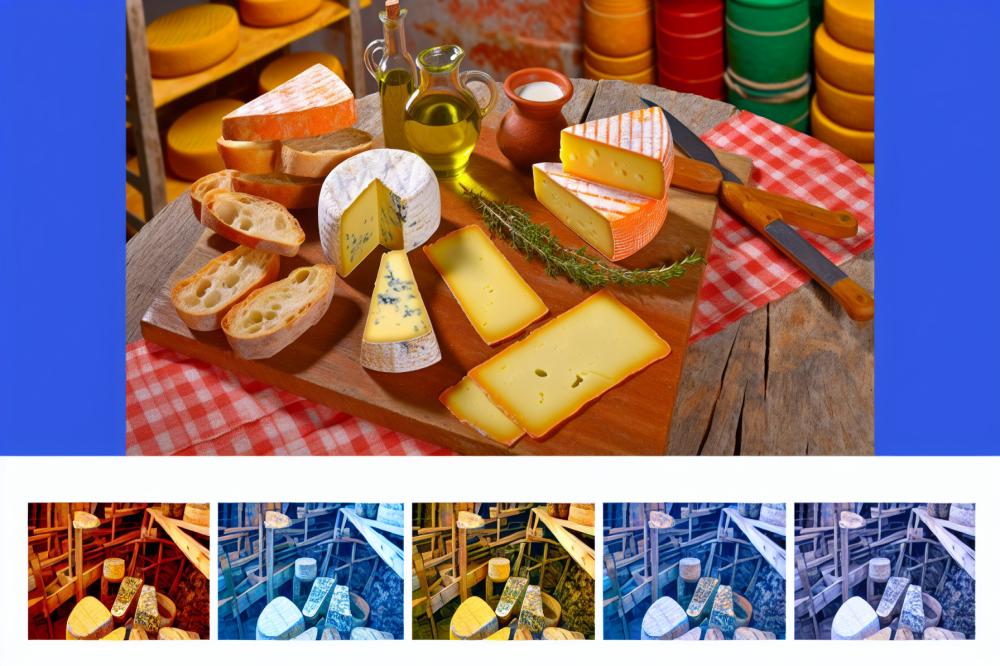Exploring Queijo de Rabaçal: A Portuguese Delight
Queijo de Rabaçal is a cherished cheese from Portugal, famed for its rich history and traditional methods of production. It hails from the beautiful regions of Rabaçal, where local sheep graze on lush pastures. This artisanal cheese represents more than just food; it’s a deep-rooted part of Portuguese culture.
Within Portuguese cuisine, cheese holds a special significance. Often served in gatherings and festive occasions, this cheese connects people to their heritage. Families often pass down recipes and stories that involve the enjoyment of Queijo de Rabaçal.
The flavor profile remains remarkable. Made primarily from sheep’s milk and sometimes mixed with goat’s milk, the cheese boasts a texture that can vary between creamy and crumbly. With each bite, there are notes of earthiness and a hint of grassy flavor from the local flora. Aging Process plays a critical role, enhancing its Gouda-like qualities while imparting a distinct aromatic richness.
Each aspect of this cheese tells a story, linking it to the past while continuing to delight diners today. From simple tapas to complex dishes, Queijo de Rabaçal can elevate meals with its exceptional flavor and cultural significance.
Queijo de Rabaçal
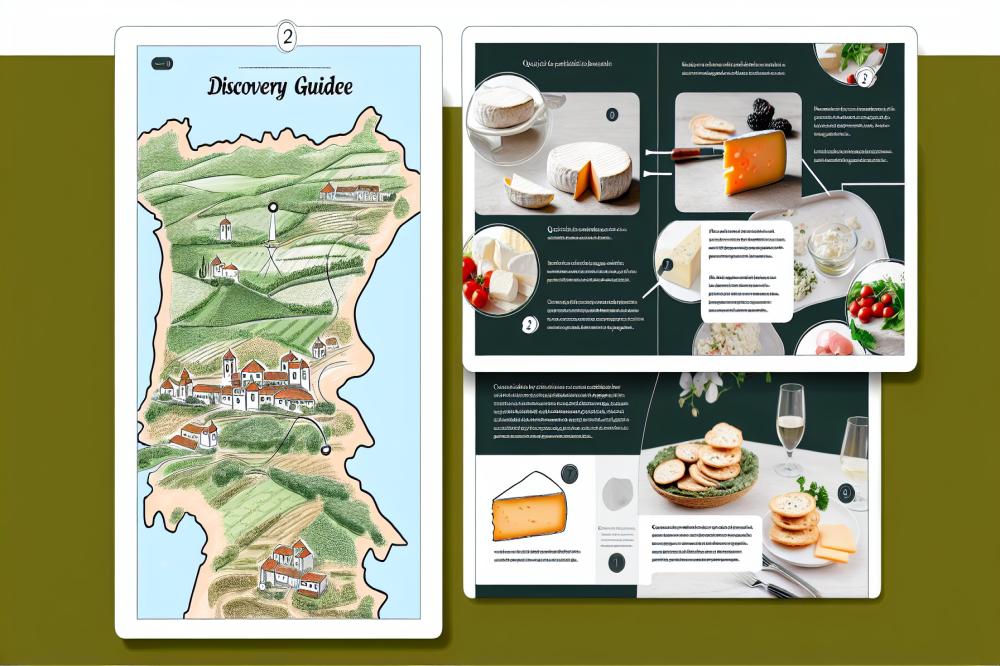
Queijo de Rabaçal is a traditional cheese from Portugal renowned for its distinct flavor and texture. Made in the hills of the Rabaçal region, this cheese holds a special place in Portuguese cuisine. Its production involves a careful process rooted in centuries of local tradition. Each bite reflects the rich past and cultural heritage of the area.
Origin and History of the Cheese
The history of Queijo de Rabaçal dates back to the 16th century. Monks were among the first to craft this cheese, using methods passed down through generations. Over the years, it gained popularity among locals and visitors alike. Its strong ties to the region speak to the importance of traditional food crafting in Portuguese culture.
Types of Milk Used in Production
This cheese is primarily made from sheep’s milk, but it can also include goat’s milk. The blend of different milks contributes to its rich and creamy taste. Each type of milk brings its own nuances, creating a harmonious flavor profile. The region’s pastures, filled with diverse grass and herbs, play a vital role in the milk’s quality.
Regional Significance and Traditional Preparation Methods
In the Rabaçal area, cheese-making is not just a profession; it is a way of life. Local farmers often gather to share techniques and stories, enhancing the cheese’s legacy. Traditional preparation methods include hand-molding the cheese and aging it on wooden shelves. The Aging Process varies, affecting the cheese’s firmness and depth of flavor.
Cultural festivals celebrating this gem attract many. People come together to enjoy the cheese with bread, olives, and wine. This social aspect enriches the experience, deepening the connection to the community. Each wheel of cheese tells the story of the land and its people, a testament to their dedication.
Aging Process
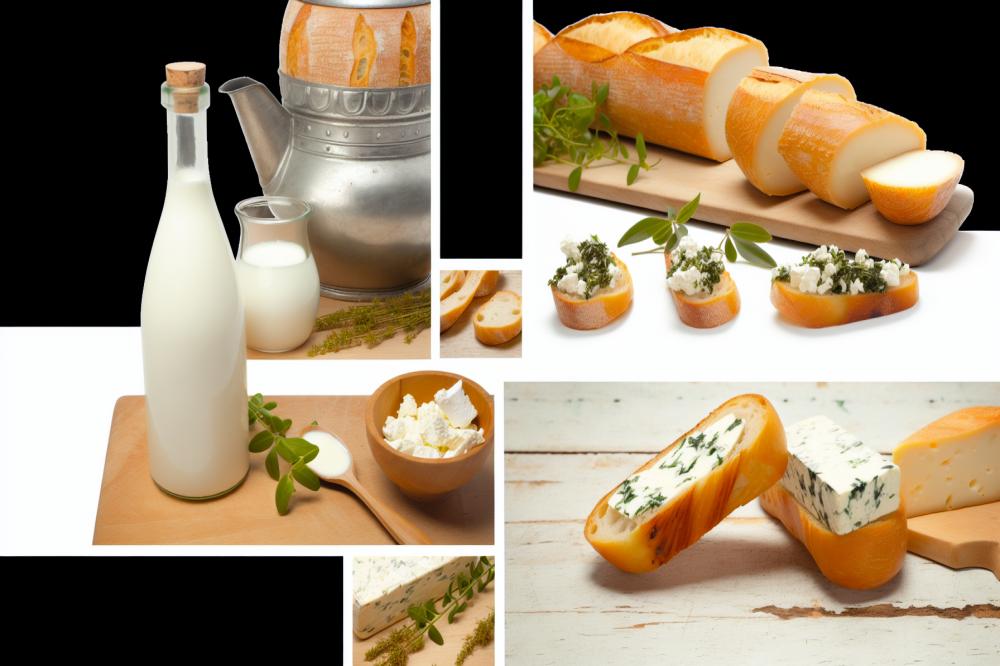
The process of aging Queijo de Rabaçal involves careful craftsmanship and patience. It begins with fresh cheese, which is then placed in a controlled environment. Cheeses are usually stored in a cool, humid cellar. Throughout this time, natural enzymes and bacteria work their magic.
Aging has a significant impact on the flavor and texture of the cheese. Fresh, young cheese tends to be creamy and mild. As it ages, flavors develop complexity. Expect richer tastes and a firmer texture over time. Notes of nuttiness and a slight tang emerge, pleasing those who appreciate depth in their cheese.
Maintaining ideal conditions is essential for optimal aging. The temperature should remain steady, usually around 10 to 12 degrees Celsius. Humidity levels also matter; they should be kept high enough to avoid drying out the cheese. Typically, this aging process lasts from three months to over a year, depending on desired characteristics.
Comparison to other Portuguese cheeses
When compared to other Portuguese varieties, Queijo de Rabaçal stands out. For instance, Queijo da Serra, another popular cheese, has different aging requirements. It retains a more buttery texture and has a distinctly strong flavor profile. In contrast, the former offers a milder experience that evolves over time. Each cheese reflects its region and the artisanal methods used in its production.
Understanding the aging process enhances the appreciation of this cheese. It tells the story of tradition and flavor. As cheese lovers know, the nuances gained during aging bring joy to those who savor it.
Recipe: Queijo de Rabaçal and Herb Crostini
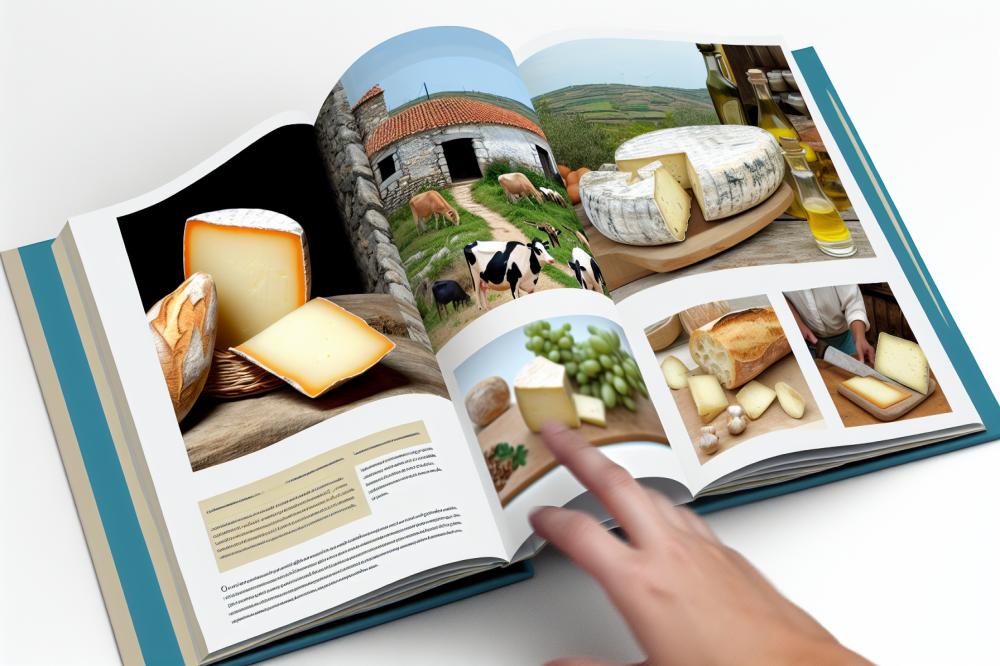
Ingredients
- Queijo de Rabaçal
- Baguette or rustic bread
- Fresh herbs (such as rosemary and thyme)
- Olive oil
- Optional toppings (e.g., honey, nuts)
Recipe Instructions
Start by preheating the oven to 375°F (190°C). Next, slice the baguette into 1/2 inch thick pieces. Arrange these slices neatly on a baking sheet. Brush the surface of each slice with a generous amount of olive oil.
Place the baking sheet in the oven. Bake until golden brown, which typically takes about 10 minutes. Once finished, remove from the oven and allow them to cool slightly.
Each crostini is now ready for topping. Place a slice of cheese on every piece. Fresh herbs can be added for an extra burst of flavor. If desired, add optional toppings like honey or nuts to enhance the taste further.
This dish serves beautifully warm as an appetizer. It can also be enjoyed as a snack during a gathering with friends or family.
Nutritional Information
Queijo de Rabaçal offers a delightful mix of flavors and nutrition. Traditional cheeses like this one can provide several health benefits. They contain protein, calcium, and beneficial fats.
Incorporating various cheeses into meals can play a vital role in a balanced diet. Pair them with whole grain breads and fresh ingredients for a healthy option. This approach helps create delicious and satisfying meals while also being mindful of nutritional value.
Final Thoughts on Queijo de Rabaçal
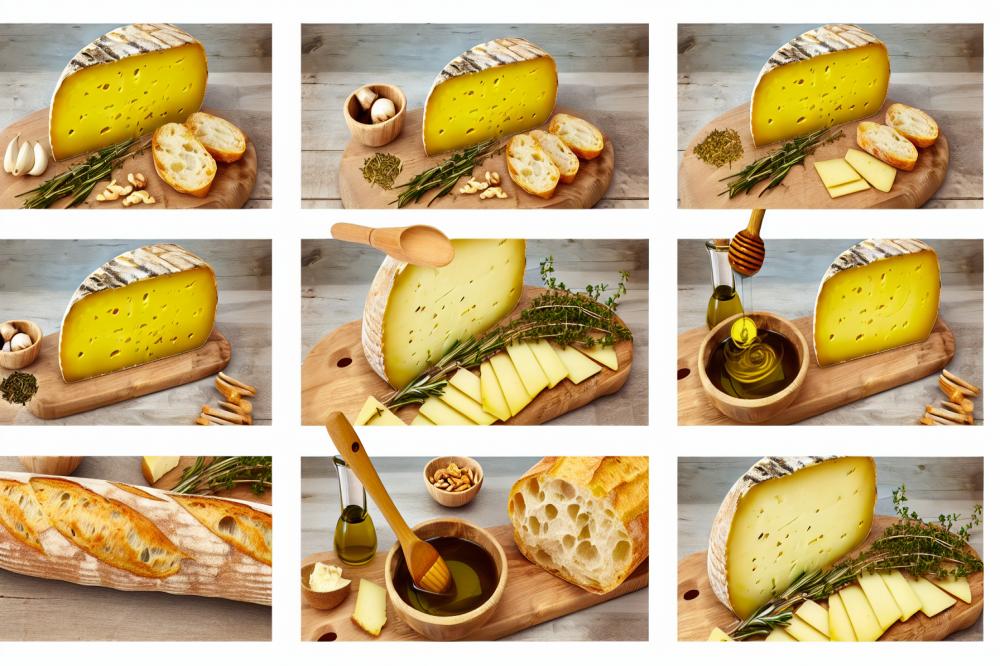
Queijo de Rabaçal stands out as a true treasure of Portuguese cheese. This artisan cheese reflects the rich cultural heritage of its region. Its aging process is not just about flavor; it’s about stories, traditions, and the connection between past and present. Locals have cherished this gem for generations, and it holds a special place in the hearts of many.
Culinary exploration can be a delightful journey. Tasting Queijo de Rabaçal opens the door to an experience filled with rich textures and complex flavors. Every bite transports you to the lush landscapes of Portugal, where history and nature blend harmoniously. Don’t miss the opportunity to savor this cheese; it offers a taste of authenticity that modern products often lack.
Traditional cheeses play an essential role in both cuisine and culture. They represent the dedication of artisans who craft their products with pride. By supporting these traditional methods, we help preserve culinary legacies. In every region, there lies a story waiting to be told through its flavors. Embrace the chance to taste a piece of history and understand the art behind it.

